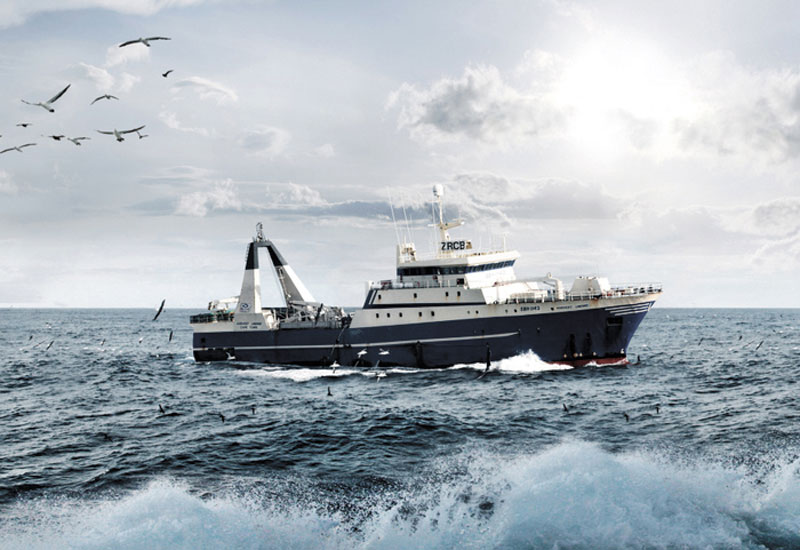1. Sustainability: Plenty More Fish in the Sea?
It’s a sobering statistic: the Middle East’s fish stock has depleted by 80% in 30 years. Yet many critically endangered species like hammour and blue fin tuna continue to be served in the region’s restaurants.
The result is growing consumer awareness around the sustainability of the region’s fish stock — in turn, forcing chefs to realign their menus with public sentiment.

| Advertisement |
Amwaj Rotana Jumeirah Beach, for one, is already in the process of removing hammour from its menus as part of a sustainability drive. “Seafood sustainability in the region has become a priority because everyone tends to be more involved in environmental issues now thanks to the massive information campaigns on sustainable fishing,” explains Al Bustan Rotana Dubai cluster director of kitchen Christophe Prudhomme. “Everyone from the suppliers to the hoteliers, from the chefs to the consumers are changing their mindsets.
“Seafood, like any product that generates high demand in the market, has to be monitored in terms of production. Should consumer demand be too high, our resources will run out and we will be forced to find alternative ways to supply the market. This can affect the quality of the product, so following standards on sustainable seafood works to our own benefit and that of our guests.”
However, achieving a sustainable seafood market in this region will not be without its challenges. “Total seafood consumption is increasing annually,” says seafood restaurant Abd El Wahab general manager Charles Khairallah, “and the burgeoning F&B industry is a key driver behind this.
“However, supply sources are getting tougher; especially for wild-caught products. Prices for wild-caught products are at their highest and I wouldn’t be surprised if there is a further spike to come.”









 Search our database of more than 2,700 industry companies
Search our database of more than 2,700 industry companies









